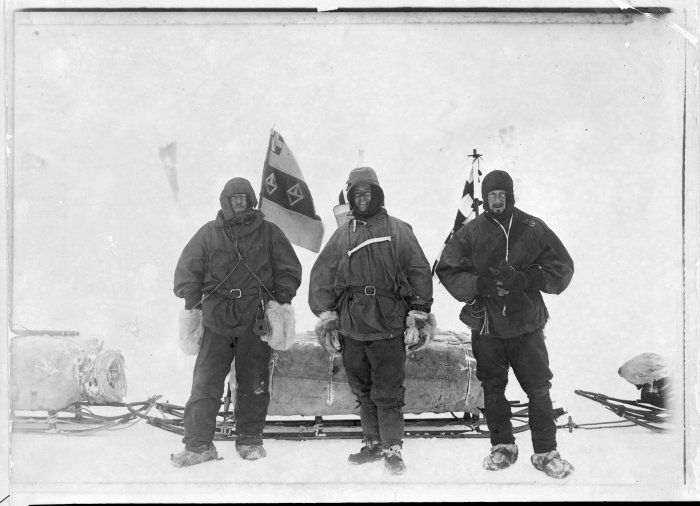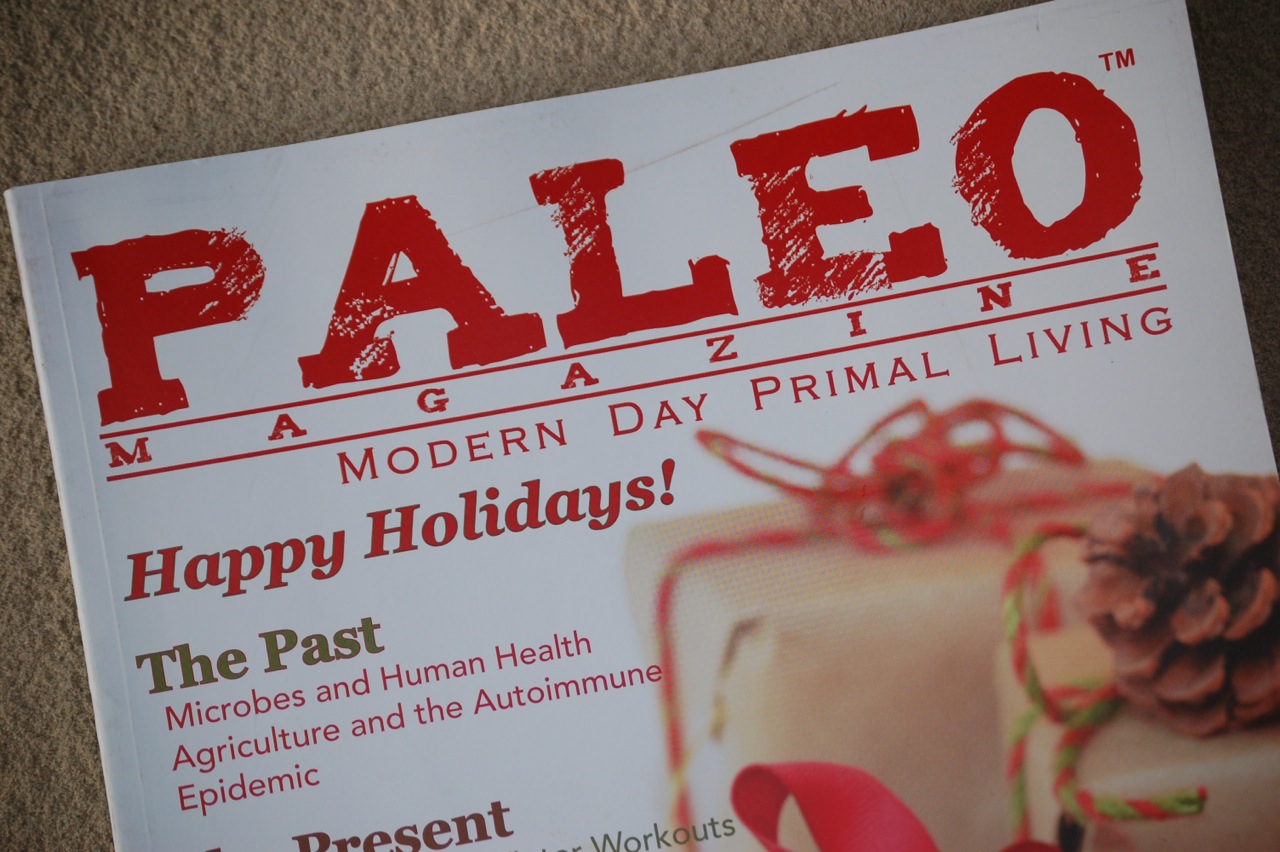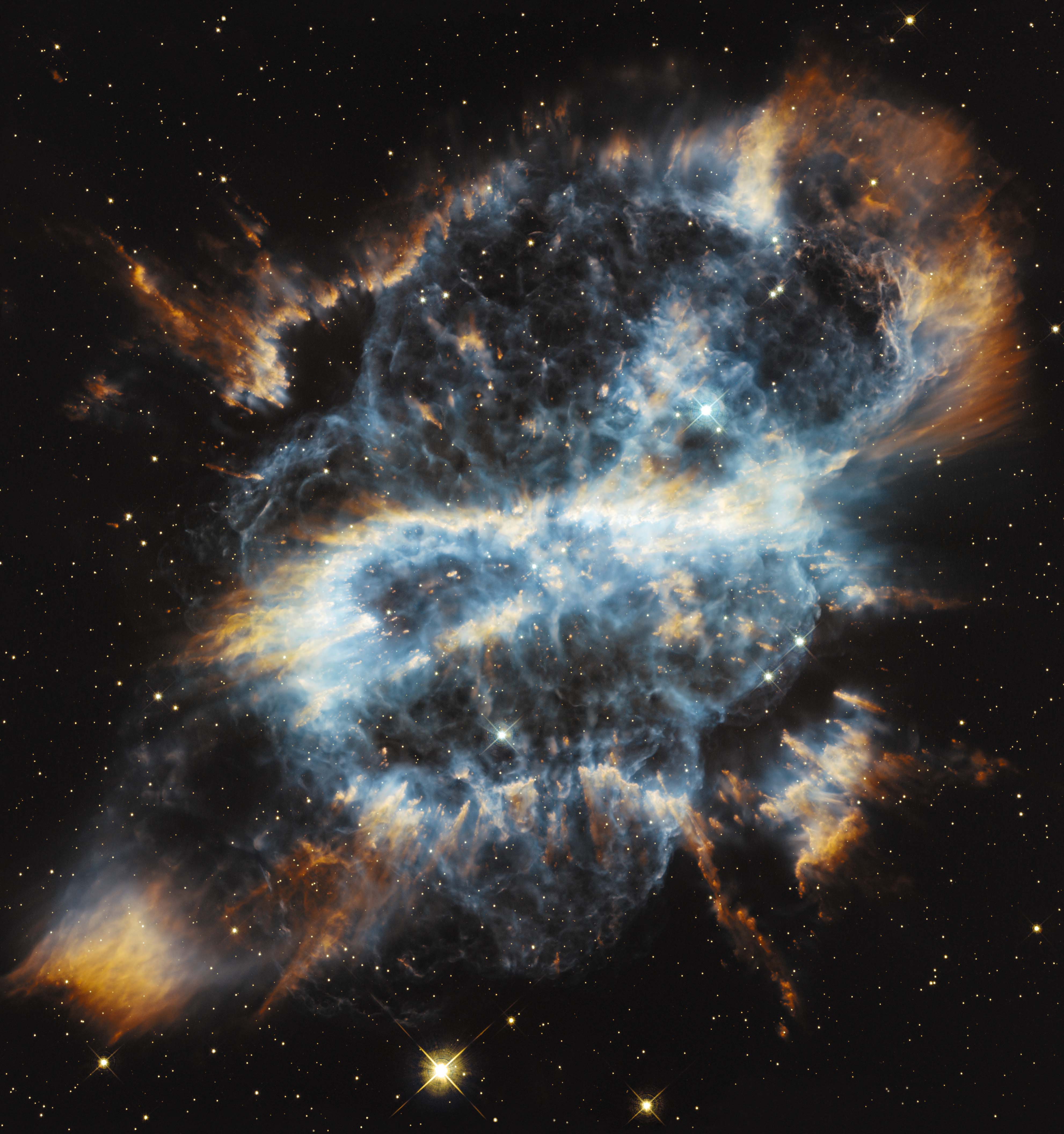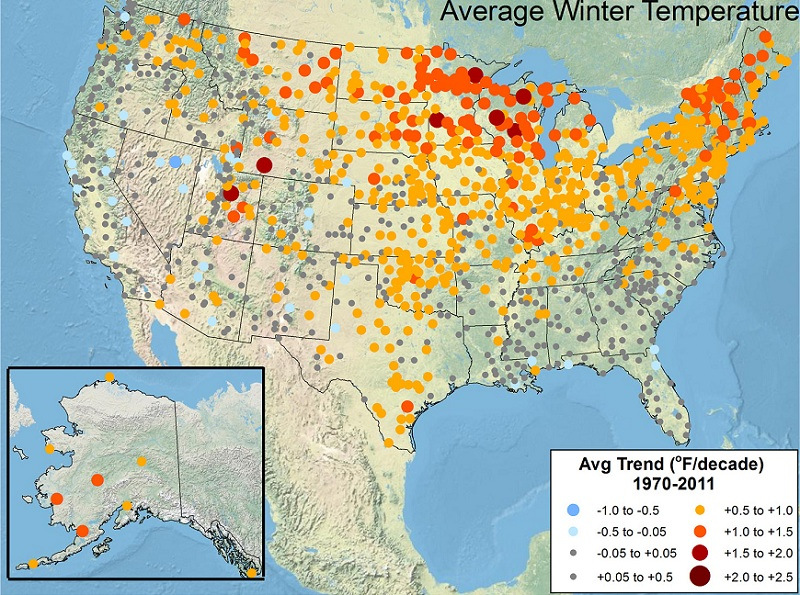PaleoTerran Enters Dormancy. Thanks.
 Monday, December 31, 2012 at 11:05PM
Monday, December 31, 2012 at 11:05PM Thank you for visiting PaleoTerran over the past couple of years! This is the last post before PaleoTerran enters dormancy. For now, the content will remain online. Hopefully someday, the site will reawaken.
A special thanks to John Michael and Leslie Why Reap for their contributions and encouragement.
For those new to Paleo/Primal health, the Start Here page provides some introductory articles and a few links. Much more is available by browsing or using the Search box or Categories menu.
As noted in the previous post, 2013 & The Urge to Explore, we are entering a new era of exploration in search of new ideas, new directions, and new horizons. My online effort has shifted to the development of a new professional forum called Chiari Medicine. On occasion, I will post on Paleo/Primal health on the PrimalDocs website.
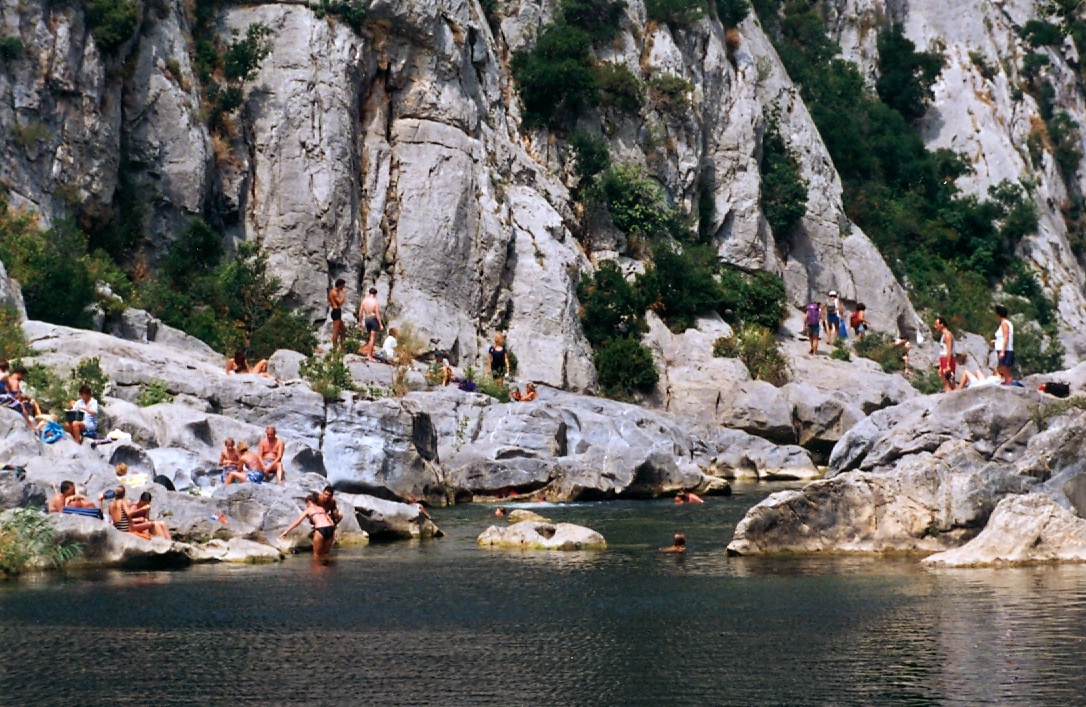
This is one of my favorite images. Nestled in southern France, this stream runs below a cliff-side hominid cave occupied 400,000 years ago. Although the occupants were not our direct ancestors, the image takes us back to the Garden. Yes, there were threats. But also clean air, clean water, and a rich, productive environment. And also, as Mark Sisson would likely say, it was, and remains, a great place to play. While we may not want to return to the Paleolithic, we don't want to loose the Terra we have.
Human health and the health of our environment are fundamental to our future. Both are under threat. By taking care of ourselves using clues from our Paleolithic ancestors and by taking care of Terra, we become paleoterrans. Our hunter-gatherer ancestors were consummate explorers relying on cunning, physical skills and social bonds. In this spirit, let’s push forward to explorer new ideas, new directions, and new horizons.
Take care,
John J. Oró, MD
 Hunter-gatherer,
Hunter-gatherer,  Paleo diet,
Paleo diet,  Terra,
Terra,  hominid,
hominid,  the Garden in
the Garden in  General
General 

